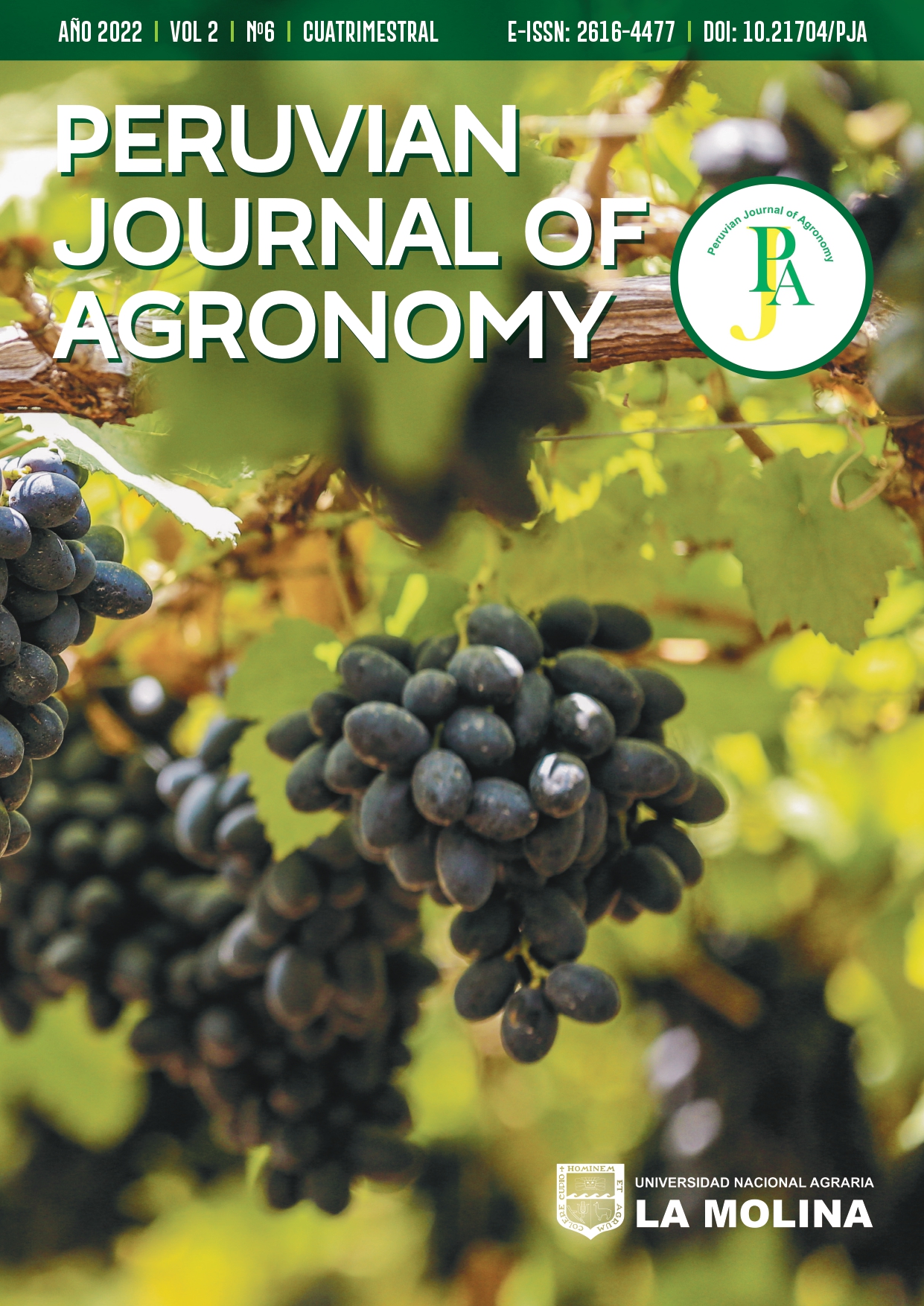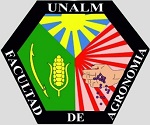Tecnología de cultivo de tejidos de bajo coste para la regeneración de orquídeas
DOI:
https://doi.org/10.21704/pja.v6i2.1360Palabras clave:
gente gelificante alternativo, plántulas de Cattleya, micropropagación, subcultivo de orquídeasResumen
Orchids are one of the most important flowers grown in Sri Lanka for exports and local market. One of the majors constrains in expanding the orchid cultivation is a limited supply of quality planting materials. Micropropagation techniques can be successfully applied for the mass propagation of orchids. But micropropagation is expensive, thus increasing the cost of production. Therefore, this research was undertaken to replacement of expensive agar for in vitro subculturing of Cattaleya seedlings. Two-month-old Cattleya seedlings were subcultures on Murashige and Skoog media (MS) and Knudson C media (KNC) as basal media. As gelling agents’ sago, semolina, corn flour, semolina + agar, corn flour + agar were used. Control treatment was carried out with agar. The cultures were maintained inside the culture room. The number of leaves, number of roots, leaf length, leaf width and percentage of contamination were recorded at four-week intervals. Sago and semolina + agar showed higher performance and low contamination percentage as alternative gelling agents in the MS media. Sago, corn flour, sago + agar, semolina + agar and corn flour + agar showed higher performances and low contamination percentages in KNC media. The results of this study propose that sago, semolina, and corn flour can be used as alternative gelling agents in MS and KNC media for subculture practices of orchids.
Descargas
Referencias
Antonov, A., Stewart, A., & Walter, M. (1997). Inhibition of conidium germination and mycelial growth of Botrytis cinerea by natural products. Biological control. Proceedings of the 50th New Zealand Plant Protection Conference, (pp. 159–164).
Benito, E. P., Arranz, M., & Eslava A. (2000). Factores de patogenicidad de Botrytis cinerea. Revista Iberoamericana de Micología, 17, 43–46.
Campbell, C. L., & Madden, L. V. (1990). Introduction to plant disease epidemiology. New York, Estados Unidos: John Wiley & Sons.
Castro, B., Timmer, L., Leguizamón, J., Müller, G., & Corrales, J. (2000). Enfermedades de los cítricos en Colombia. Bogotá, Colombia: Produmedios.
Colonia, L. (2013). Manejo Integrado de Plagas y Enfermedades en el Cultivo de Cítricos. Agrobanco.
Eyzaguirre, G. (1972). Comparativo de 7 fungicidas para el control de Botrytis cinerea en Cítricos [Thesis, Universidad Nacional Agraria La Molina].
La Torre, B. A., & Rioja, M. E. (2002). Efecto de la temperatura y de la humedad relativa sobre la germinación de conidias de Botrytis cinerea. Ciencia e Investigación Agraria, 29(2), 67–72.
Llanos, A., & Apaza, W. (2018). Antifungal activity of five chemicals and two biological fungicides for the management of Botrytis cinerea, causal agent of Gray Mold in Strawberry. Peruvian Journal of Agronomy, 2(1), 1–8.
Ministerio de Comercio Exterior y Turismo (2018). Reporte Mensual de Comercio. Dirección General de Investigación y Estudios de Comercio Exterior. Boletin.
Mooney, P. (Ed.). (2001). Growing Citrus in New Zealand: A Practical Guide. HortResearch.
Mondino, P. (2002). Manejo de la resistencia a fungicidas. Horticultura, 1, 130–139.
Ortiz, D. (2009). Identificación y control químico del agente causal de la podredumbre de cabezas de alcachofa (Cynara scolymus L.) [Thesis, Universidad Nacional Agraria de la Selva].
Otero, A. (2004). Raleo de frutos en mandarina Satisuma y otros cítricos. Montevideo, Uruguay: Unidad de Agronegocios y Difusión del INIA.
Panebianco, A., Castello, I., Cirvilleri, G., Perrone, G., Epifani, F., Ferrara, M., Polizzi, G., Walters, D., & Vitale, A. (2015). Detection of Botrytis cinerea field isolates with multiple fungicide resistance from table grape in Sicily. Crop Protection, 77, 65–73. https://doi.org/10.1016/j.cropro.2015.07.010
Pappas, A., & Elena, K. (1992). Effect on gray mould of presence of Botrytis cinerea strains showing reduced sensivity to dicholofluanid. In K. Verhoeff, N. E. Malathrakis, & B. Williamson (Eds.), Recent advances in Botrytis research (pp. 252–256). Wageningen, Países Bajos: Pudoc Scientific Publishers
Restrepo, F. (2010). Evaluación de la eficacia de fungicidas aplicados en espolvoreo para el control de Botrytis cinerea en cultivos de rosas. Bogotá, Colombia: Florverde.
Trimmer, L. W., Garnsey, S. M., & Bradbent, D. (2003). Disease of Citrus. In: R. Ploetz (Ed.), Disease of Tropical Fruit Crops (pp. 163–196). Cambridge, USA: CABI publishing.
Williamson, B., Bettina, T., Tudzynski, P., & Van Kan, J. A. (2007). Botrytis cinerea: The cause of grey mould disease. Molecular Plan Pathology, 8(5), 561–580. https://doi.org/10.1111/j.1364-3703.2007.00417.x
Yu, D., Wang. J., Shao, X., Xu, F., & Wang, H. (2015). Antifungal modes of action of tea tree oil and its two characteristic components against Botrytis cinerea. Journal of Applied Microbiology, 119(5), 1253–1262. https://doi.org/10.1111/jam.12939
Descargas
Publicado
Número
Sección
Licencia
Derechos de autor 2021 P.U. Kumara, HMI Herath, DLCK Fonseka , KKIU Aruna Kumara, AGKKMW Atapattu, FMMT Marikar

Esta obra está bajo una licencia internacional Creative Commons Atribución 4.0.







